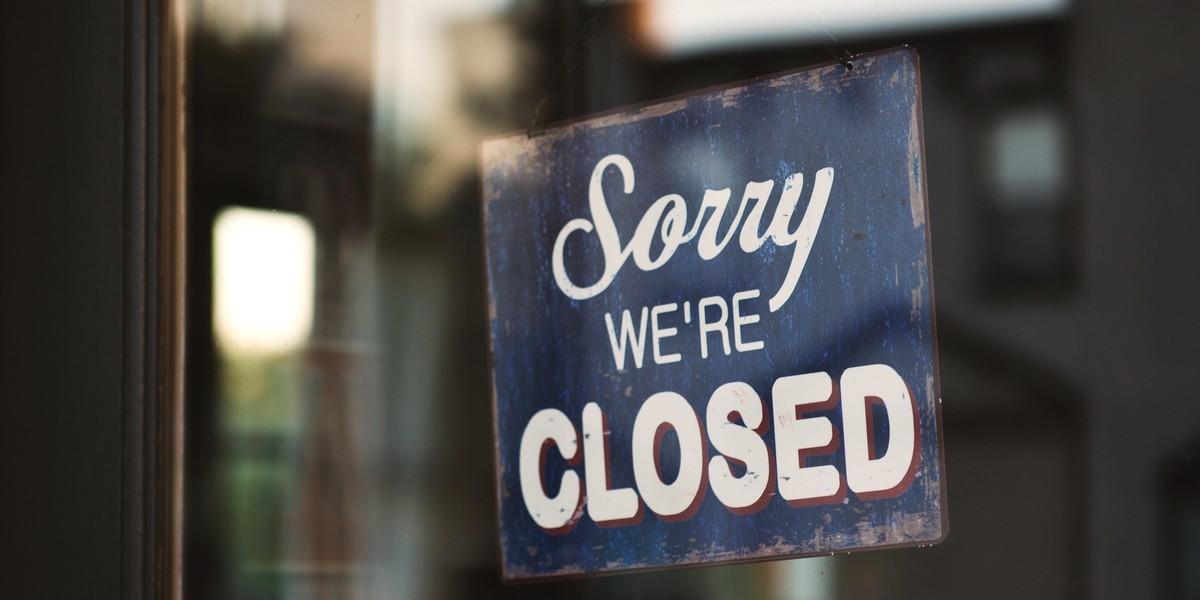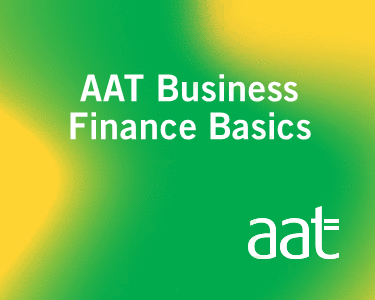The bigger they are, the harder they fall. While we usually prefer to focus on the positive and inspirational, there are important lessons to be learned from a company’s downfall too. Here are some of modern history’s biggest business collapses, and what you can take from them as a business owner today.

Lehman Brothers
The rise and fall
On 15 September 2008, Lehman Brothers filed for the biggest bankruptcy in history. This marked the moment when global financial markets began to plummet. The bank was a casualty of the subprime mortgage crisis, giving mortgages to insufficiently checked candidates. The bank repackaged the bad loans together as investment opportunities. As the recession took hold, hedge funds got wind that the bank was in trouble and began betting on the bank’s failure. With the bank’s demise, more than 25,000 people lost their jobs.
The lesson
Stocks fluctuate, people are constant.
The collapse of Lehman Brothers has been attributed to the risk taking and complicated financial products that were aggressively pushed at the bank. Risk taking is often talked about as a key quality for entrepreneurs, but it is important to ensure that your most important assets, your people, do not end up being sacrificed for the sake of a gamble. Taking risks when times are good is all very well, but there’s no such thing as stable stock or financial markets. Do a risk assessment of your business and neutralise any areas that may be exposed to a downturn or market drop.

SwissAir
The rise and fall
Switzerland’s national airline went from being a venerable institution to bankruptcy and government bailout, handing over their status as national airline to Crossair. How did this once respected, financially stable and orderly airline fail so spectacularly?
Profitable throughout the 1990s, the first signs of trouble came after the 9/11 terrorist attacks in 2001, when most of the world’s airlines took a financial hit. However, the collapse is more strongly attributed to too much debt, high costs and too little revenue to justify a series of partnerships with other global airlines it had entered into, in a bid to keep up with its European competitors.
The lesson
Don’t rush to create an empire.
Consider partnerships carefully. The ultimate downfall of SwissAir can be put down to its choice of partners. Most of the airlines it made deals with were unprofitable. SwissAir also prioritised these deals over quality of service, which declined severely, much to their customer’s dismay.

DeLorean
The rise and fall
Forever entwined in our minds with the legendary Back to the Future franchise, it is easy to forget that DeLorean never really lived up to the name it made for itself. John Z DeLorean, the highly esteemed Group Vice President at GM Motors, had gone out on his own to create the ultimate high tech sports car. It didn’t go as planned. DeLorean’s lofty dream ended in collapse, lawsuits, and for its founder, a trial on drug charges.
The lesson
Don’t get carried away with the dream.
For someone with so much experience in the automotive field, there seems to have been a lack of rigorous testing of the manufacture and quality of the DeLorean model. Inexperienced production line staff in Northern Ireland, a lack of engine power, problems with body paint…the list went on. The problems meant only 9,000 units of the DeLorean were produced, not nearly enough to recoup the costs and investments in what was meant to be a mass production model.















Comments (1)
This is a good article and makes me think of Kodak as well as other big brands that came and went. A sad one for me on a personal note is the collapse of Toys R Us. The collapse started in the US with the parent company and then followed round the world and here in Australia we saw every store shutdown. I had a close family member who worked for them. This sad story was covered by an Economist in Adelaide named Dan Hadley at: https://www.mybusiness.com.au/management/4540-toys-r-us-collapse-a-lesson-of-change-or-die
Worth reading and putting up on the wall of collapses with this articles list of 5.